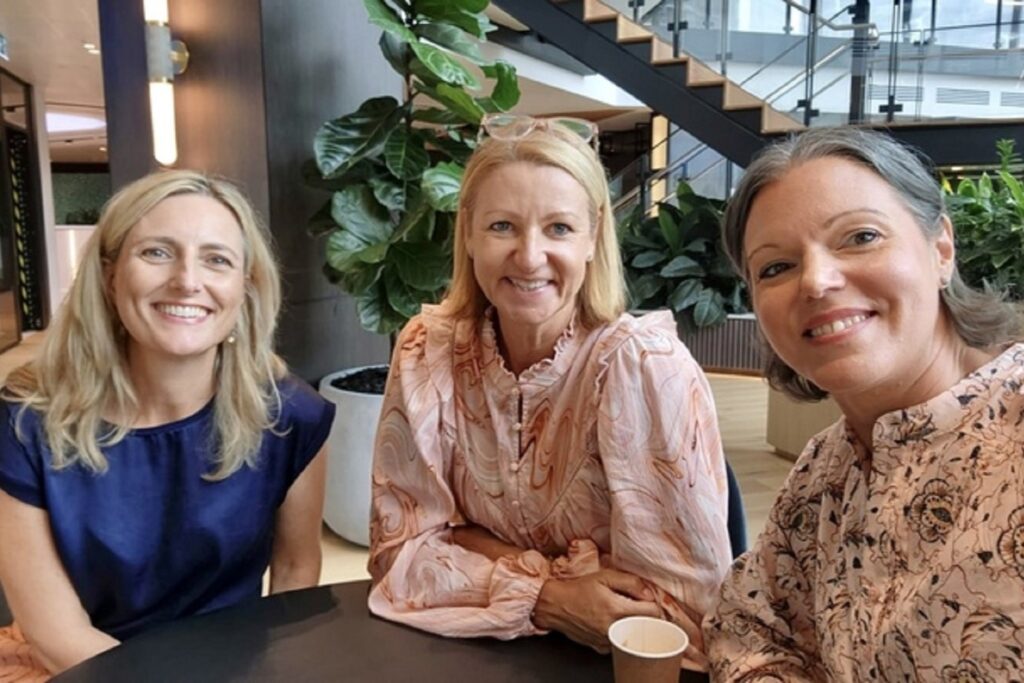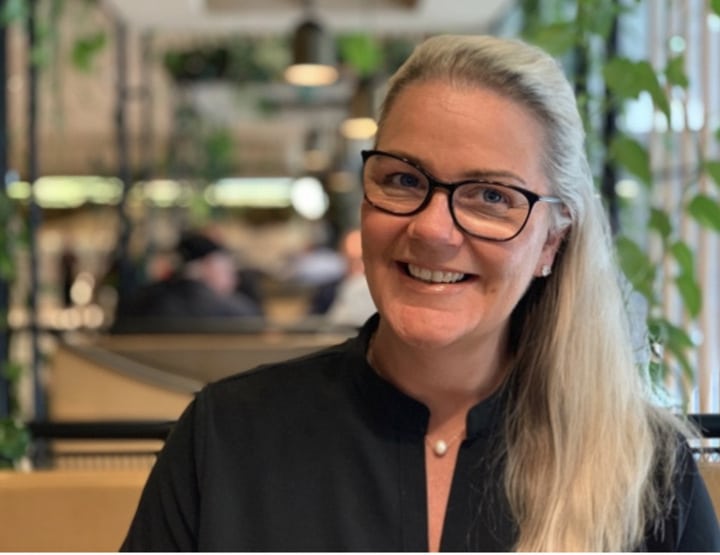More and more employers are issuing rules on the future of working from home. So what next for the office, and how will employers support flexibility? We speak to experts, thanks to our partnership with Family Friendly Workplaces.
The future of remote work and work from home (WFH) options have been garnering plenty of headlines in recent weeks, as large employers issue new rules on flexible work.
While WFH isn’t the only form of workplace flexibility – and can even come with less flexibility in terms of tasks and hours expected – for many office and knowledge workers, working from home for all or at least some of the week has largely been normalised since it became the only option for continuing such work during the pandemic.
But now employers are increasingly setting new rules. Elon Musk axed work from home on arriving at Twitter HQ as the social network’s new owner in late 2022, declaring that “remote work is no longer allowed.”
Other companies have been much gentler in issuing rules around such options. Citi recently issued a requirement for employees to return to the office at least three days a week. Google also wants its employees back in the office at least three days a week, unless other arrangements are approved, along with a number of other tech companies. Commonwealth Bank also recently issued a rule requiring staff to spend 50 per cent of their hours in the office.
Still, some employers are bucking the trend – often thanks to union pushes and employee backlash. Earlier this month, the Community and Public Sector Union (CPSU) announced it had struck a deal with the Australian Public Service Commission to remove work from home caps. Meanwhile, NAB has also cemented the right to work from home for employees, thanks to an agreement reached with the Finance Sector Union.
So how should employers navigate this new era of flexible work, where WFH options are not necessarily a given for those who may have expected it over the past couple of years?
CEO of Parents At Work and Family Friendly Workplaces, Emma Walsh, sees workplace flexibility as “one of the single most powerful enablers of diversity and inclusion, gender equity and wellbeing.”

She says “the broad spectrum ‘health’ and ‘wealth’ benefits offered by flexibility cannot be underestimated”.
But, she adds, workplace flexibility isn’t just about having the option to work from home.
“It’s about examining the most effective ways to achieve individual and team based goals and tasks and ‘flexing’ to respond to changing needs in any given day or situation.”
Increasingly, Parents At Work are seeing hybrid working arrangements – where workers spend part of their week in the office and part of it at home – being cemented as the norm.

During a recent webinar, they polled their audience and found 71 per cent of participants had a hybrid working arrangement, 24 per cent of participants always work from home and 5 per cent of participants are permanently on-site and/or in the office.
“No two organisations are exactly the same,” says Walsh. “Every workplace needs to consider how flexible work can be done well in their environment as opposed to focussing on what doesn’t work.”
Listen to team members
Walsh says it’s critical that leaders listen to employees to design flexible work options, including hybrid work weeks.
“The voice of the employee is so critical in how flexibility can be designed effectively. Too often employers impose flexible work guidelines without consultation and then wonder why it is so challenging to manage,” she says.
Asia Pacific Director and member of the Future of Work advisors at HSM Advisory, Alison Hernandez, echoes this sentiment, noting that building and sustaining trust between employer and employee is essential to implementing flexible work.

Hernandez says that for employers, “this means listening actively to what people need and want to perform at their best and then co creating new ways of working with individuals and teams, whilst keeping the organisational needs in focus.”
Hernandez also shares how she has personally worked in a hybrid way for more than eight years, since moving from Sydney to northern NSW. During that time she has been role modelling flexibility, and recently became the first remote member of the HSM Advisory global team, headquartered in London.
Hernandez says that as a single mum raising a daughter while building and growing a successful business for over a decade, the only way she could work for herself and her co founder who was also a working parent, was to create an environment “built on trust, transparency, great communication and flexibility.” She said that as a leader, this ultimately then flowed through to their team as they grew. She believes it became the “secret sauce” in attracting and retaining great people.
Making flexible work, work
Organisations should consider how they can better support meaningful connections if they want to get remote work right, says Hernandez. This means “investing in collaborative technologies to enable meaningful connections, more intentionality around communication and check-ins with their people to build transparency and clarity of vision, and leadership upskilling.”
Multimodal leadership is also required to successfully manage teams virtually and in person, Hernandez adds. This means being intentional about what is best achieved virtually – such as information sharing and project tracking – and what is best achieved in person, such as team comradery and celebration, creativity and brainstorming.
“Equip leaders with the future skills they need to manage performance, but also to show up as decent human beings who genuinely demonstrate empathy and care for the wellbeing of the people they work with. And as a result they will be respected, and people will go above and beyond to do a great job,” she says.
Future of work and hybrid working expert, Ariane Virtue, points out that different generations of employees will have different needs as well.

“For the first time, we now have five generations in the workplace, (The silent generation, Baby Boomers, Gen X, Millennials, General Z) – from Joe Biden to Greta Thunberg,” says Virtue, adding that they’re “all at different career and life stages, with varied caring and personal responsibilities.”
As a consultant working to reshape flexible work and inclusivity, Virtue has some best practices for teams to work together in a hybrid environment. She says having the flexibility to choose what days to work from the office is important, as well as the visibility of team members’ schedules– whether they’re coming to the office or working remotely.
Virtue also recommends planning a hybrid schedule that includes team core days and planning engagement activities around team member schedules.
When it comes to implementing best practices for flexibility, Emma Walsh offers the reminder that the changes employers make don’t always have to be big.
She says: “Often it can be minor tweaks that can be made to ways of working that deliver an extraordinary benefit to your workforce.”
“Leaders need to be equipped to act as ‘inclusive leaders’ who can bring people together in ways that maximises their collective talent, effort and needs – teams aren’t static, they’re evolving all the time, and workplace flexibility is key to facilitating teams to be agile so they can rise and meet the changing needs of the organisation, customers and their peers.”
The business imperative for flexibility remains
Maintaining work from home options is essential for employers that want to compete for the best talent, and nurture and support the talent they have.
“Research is telling us that flex is number one priority for talent and the first question that head-hunters are asking is how and where do you best work, rather than salary expectations,” Ariane Virtue says.
“It is imperative that work from home is maintained, for employees to maintain life / work alignment and organisations need to have the clarity of what flex means for their organisation – meaning, it should be clearly communicated, it should leverage collaboration technology, and embed team protocols of how to work flexibly, successfully and clarity of outcome and expectations.
“It is not seen as a nice to have but a business imperative to normalise what has worked through the pandemic and retain the new ways of working.
And although she’s worked remotely for years, Alison Hernandez says that the office is far from over.
“There is certainly an important role that the workplace plays going forward. People crave human connection and moments of joy and laughter, and it needs to be these things that bring people back together in person,” she says.
“Friendships for example, are a huge source of happiness – I know that personally many of my lifelong friendships were forged in the workplace. It is harder – but not impossible – to nurture those deep relationships virtually. So let’s repurpose the office for driving relationships, connecting, sharing knowledge, learning from each other in a more organic way. And trust people to design their work at an individual level and determine when, where and how they show up as their best and most productive self.”

